Some use beautiful words, others resort to combinations of letters and numbers. And we can always see unique inventions here and there. Everything is valid to find the best car names

Names are one of the primary references to anything. We use them to call the attention of others, to ask for whatever we want, and to retrieve memories more easily. It is perfectly possible to refer to something by describing its characteristics, of course. But the feeling that the other person has truly understood us usually comes only when we hear something like “Oh, it’s Sarah you’re talking about, right?”
When it comes to cars, there are examples of all sorts in this. To keep things simple, the best scenario is, of course, giving a good name to a good product. It is possible to have a good name save a mediocre product or the opposite. However, there is so much at stake that automakers rarely take their chances. Here, you are going to learn the most common types of car names and some thoughts on this topic.
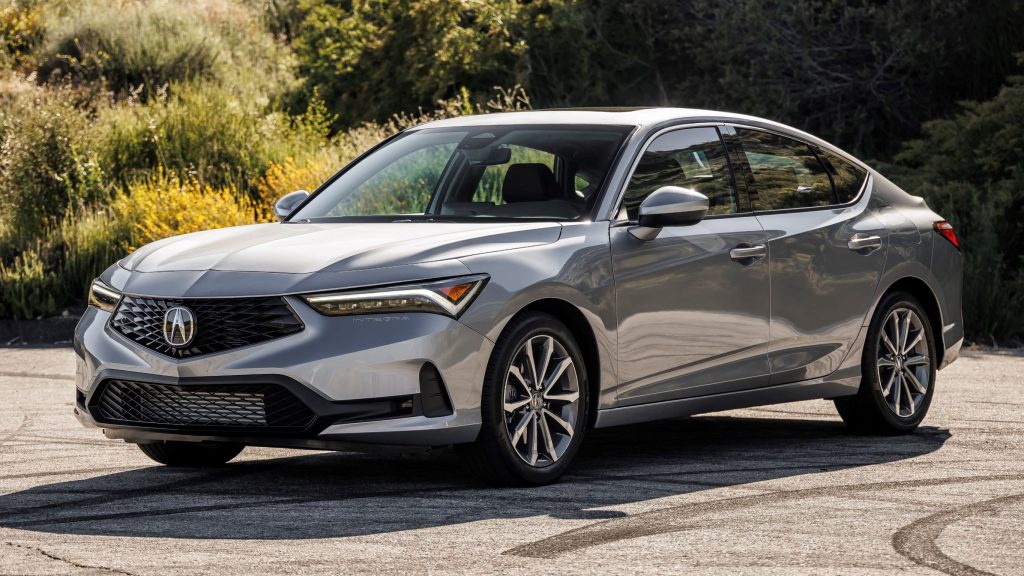
Word names
This is the most intuitive option. In short, it consists of browsing the dictionary and choosing a word that best fits the car. Some companies choose words of positive and strong meanings, which brings examples like the Hyundai Grandeur. In other cases, they might go with names of places, such as the Ferrari Roma. There are also simply seemingly random words which are not problematic, like with the Buick Envision.
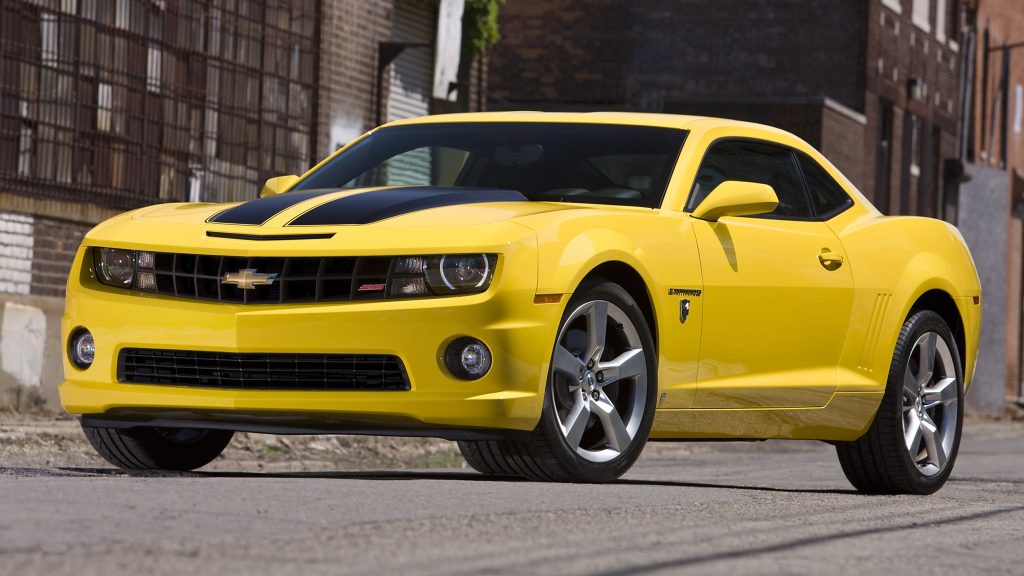
Since words are part of everything in our lives, it is easy to build associations with cars named with them. Automakers are totally aware of that, obviously, and make sure to explore it on their advertisement works. Things become even better if the car appears in a movie or TV show because it is easy to make it a part of popular culture. Once that happens, it is quite difficult for people to completely forget about it over time.
Sadly, this strategy has downsides as well. Many words belong to only one language, so pronunciation and spelling may become issues. Even worse is the chance of stumbling across a pun. There are cases where the car spent a long time with poor sales until the automaker noticed that its name had become fodder for jokes. Those are the main reasons why the industry has developed other naming strategies.

Alphanumeric names
The BMW above is a great example: its full name is i7 xDrive60. The opposite structure to regular words is using codes made with letters and numbers. While Audi, BMW and Mercedes-Benz are the best examples to mention, we can also see that in many others. The concept is simple: each company creates a structure of its own with the goal of easily representing the position of each model and version in the whole line.
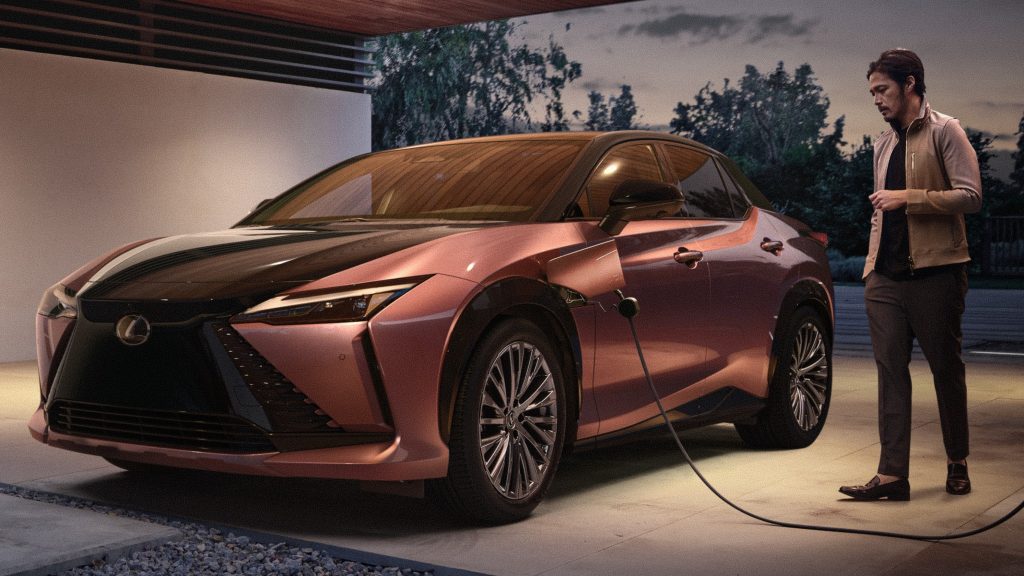
In practice, we have to interpret case by case. The Audi A3, for example, employs the “A” to represent the regular car and the number to express its level in the line. The S3 is its performance variation while the A4 is a larger model. Trim levels apply strategies of their own; lately, they have become so complex that they deserve a whole page like this for themselves – stay tuned because AutomoBible may execute that soon.
The biggest problem with code names is simply being confusing: it is hard to make sense of something like RX 450h+ at a first glance. Besides, as time goes by and new models appear, companies are forced to adapt in even less intuitive ways. BMW, for example, tried to make things simple with the upcoming XM by removing the famous Series numbers altogether… and ended up using the name of an old Citroën.
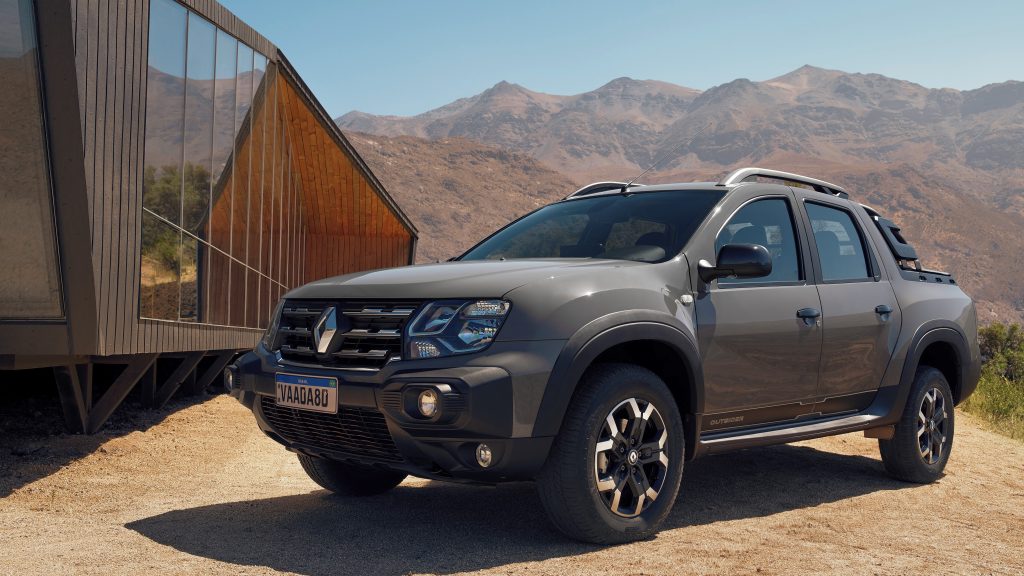
Meaningless words
No, the car industry has not run out of positive words to use. At times, the existing ones are not enough for their pretensions; they may seem cliché or just too predictable. This is the time when some companies take an artistic approach and decide to play with letters. In other words, some cars have been named with “artificial” words. They are pronounceable, but do not belong to any languages or have any meaning.
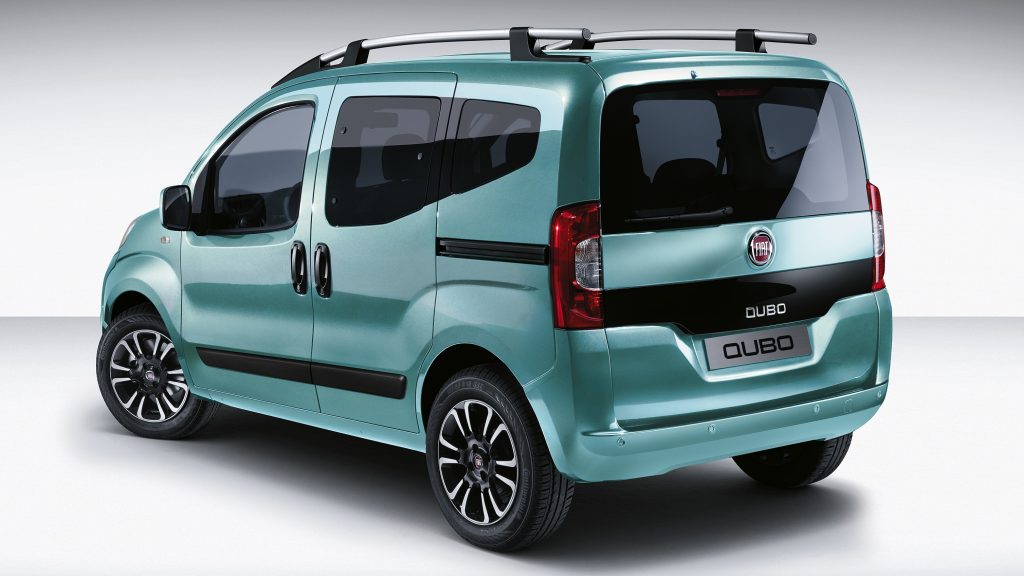
Fiat used “Qubo” for the passenger version of the Fiorino; it was a play on the Latin word for “cube”. Volkswagen has created several words starting with “T” to name its SUVs, such as Talagon and Taigun. Mitsubishi has removed the first letter of a real word to name its minivan “Xpander“. And Renault used a computer software to come up with “Kangoo” for its multivan. There are many other examples like those.
We can say that this is the easiest way to go. After all, there is virtually no risk of running out of options, there is no need to develop a complex structure and, thanks to the Internet, it is possible to steer clear of any possible puns. On the other hand, it is easy to figure that this is the least expressive type of names. It brings literally nothing along with it, so it merely fulfills the need for a reference to that particular car.
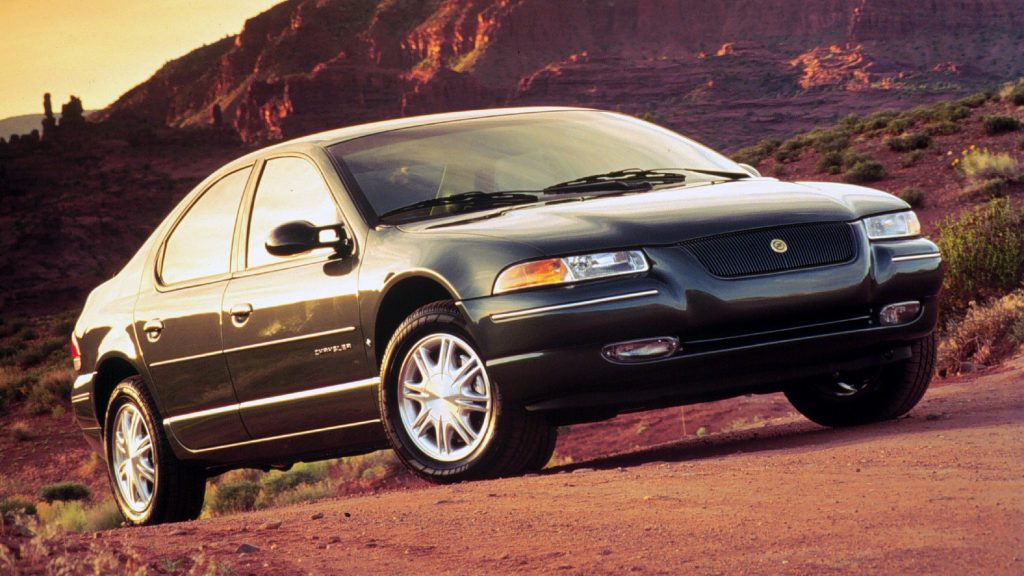
Car names in groups
The last item in this topic used to be popular in the 1980s and 1990s. It consists of the company choosing a specific theme for the names of all its cars. SEAT remains a reference in this topic; it names its cars after Spanish regions, such as Ibiza and the Toledo shown at the beginning of this page. In the past, Lancia had a thing for Greek letters which brought famous cars like Delta, Gamma, and the Ypsilon which still lives.
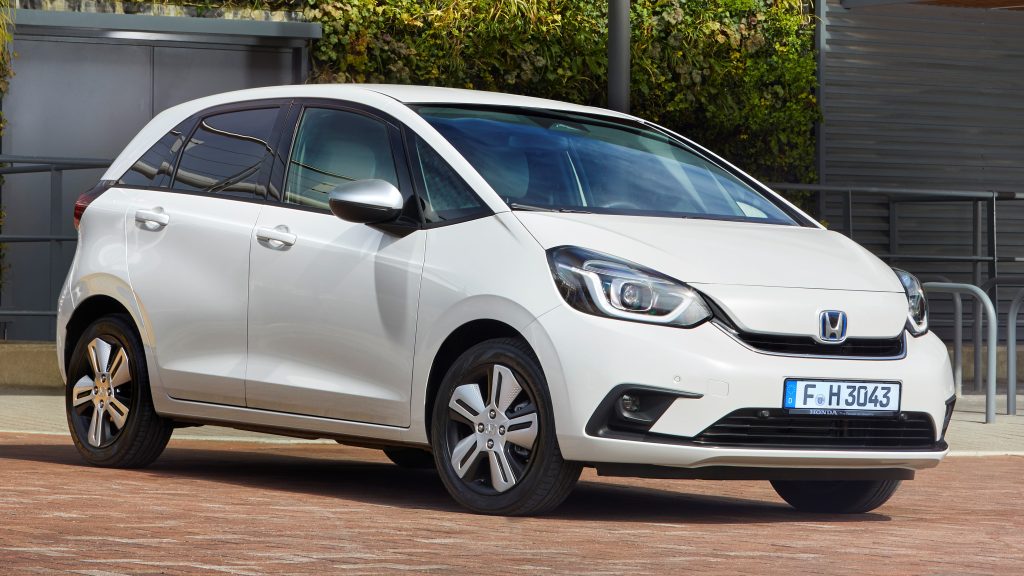
In some cases, the company applies this strategy only to a part of the line. Volkswagen, for example, used names of winds in sedans and coupés like Bora, Passat, and Scirocco. There was a time when Honda had a thing for music terms and used Accord, Ballade, Concerto, and several others. We can also mention Fiat’s strategy of using old Italian currencies for its cargo vans, like Doblò (from doblone), Ducato, and Scudo.
Unfortunately, this strategy turns out to be tricky. First of all, the number of names one can derive from a given theme is not infinite. Secondly, themes are a natural boundary to the company; they make it harder for a new car to stand out in the line. In practice, most automakers have decided to use partial versions of that strategy at most, such as Škoda with its SUVs whose names start with the letter “K” and end in “Q”.
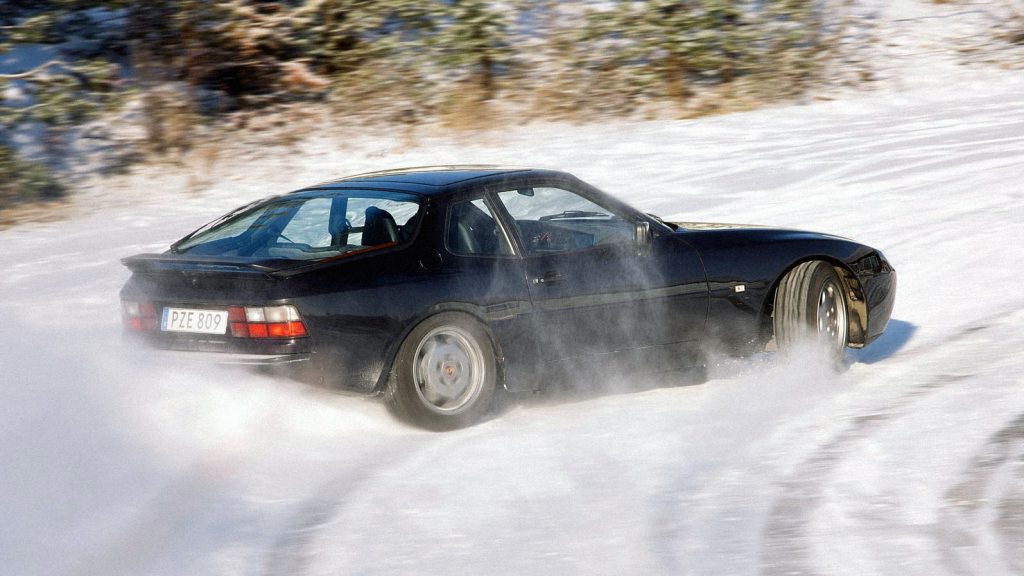
What are the best car names?
There is no absolute answer here. Names have become an integral part of the entire strategy of any large automaker; they are subjected to many variables. Toyota, for example, sells too many models to limit itself with group names. Peugeot and Porsche have built their image around names made with numbers. Even the German luxury trio is struggling to adapt their structures to the latest releases, namely SUV models.

In general, we can say that alphanumeric codes are the safest option because they are totally controllable by design; it is appropriate for emerging ventures such as DS, which cannot afford to make mistakes. On the other hand, word names are definitely the most memorable. They always bring the risk of falling into puns or jokes but, once they enter popular culture, the car is likely to be successful over many years.
We can also say that, regardless of the strategy, consistency is key. Car names must identify not only each model alone, but also portray all models of their company as a clan. That makes people interpret that line more easily and develop interest in learning more about it. This is a wonderful way to build a relationship with them and encourage them to stay in the same company. What is your favorite naming strategy?



